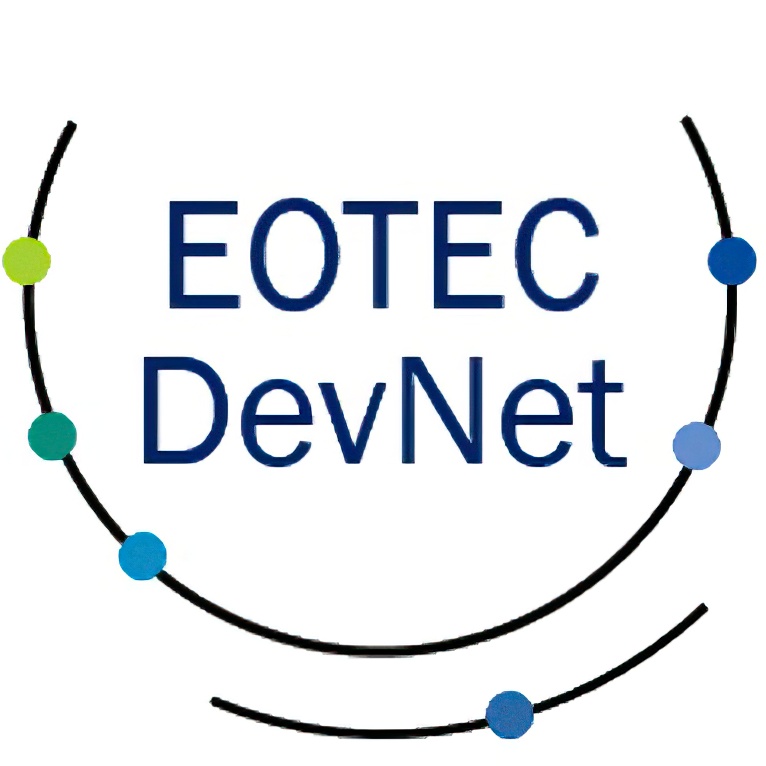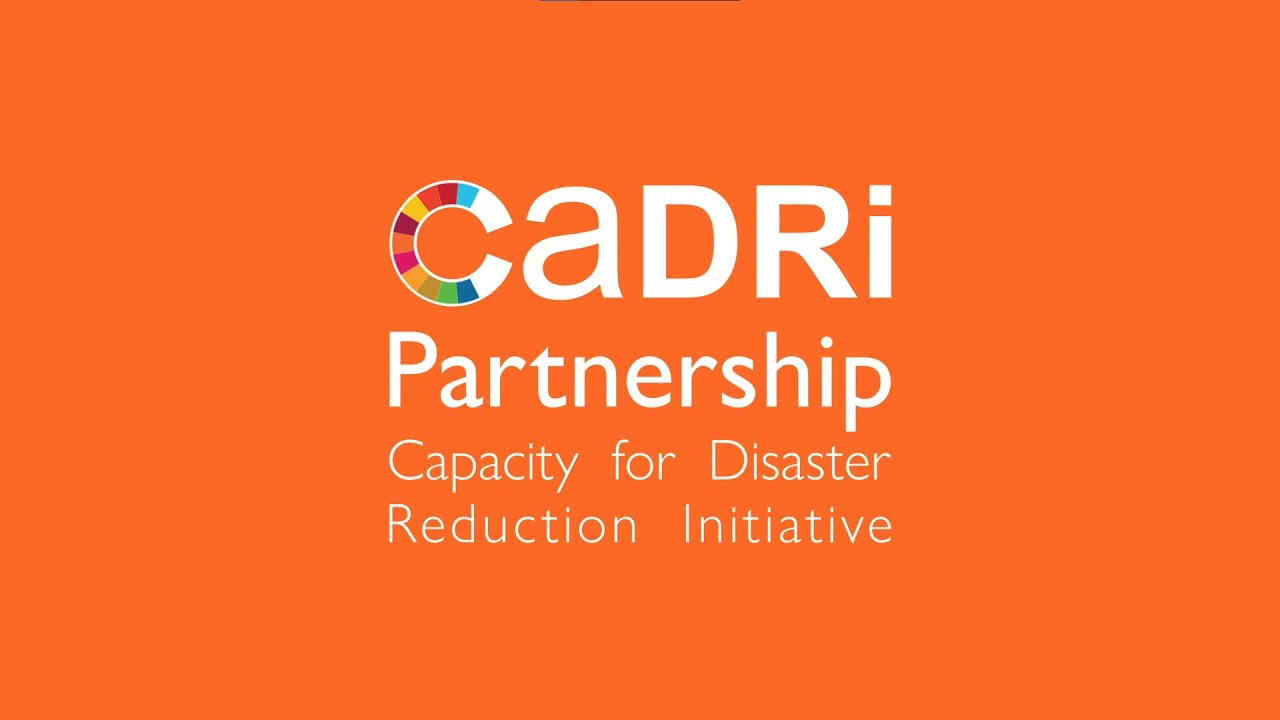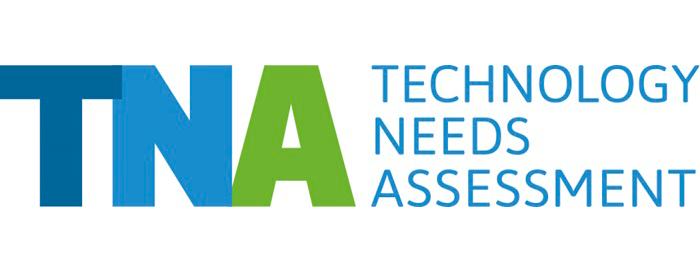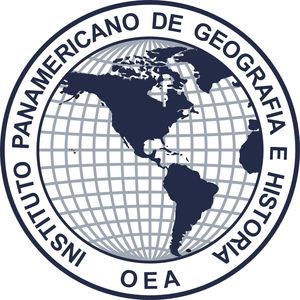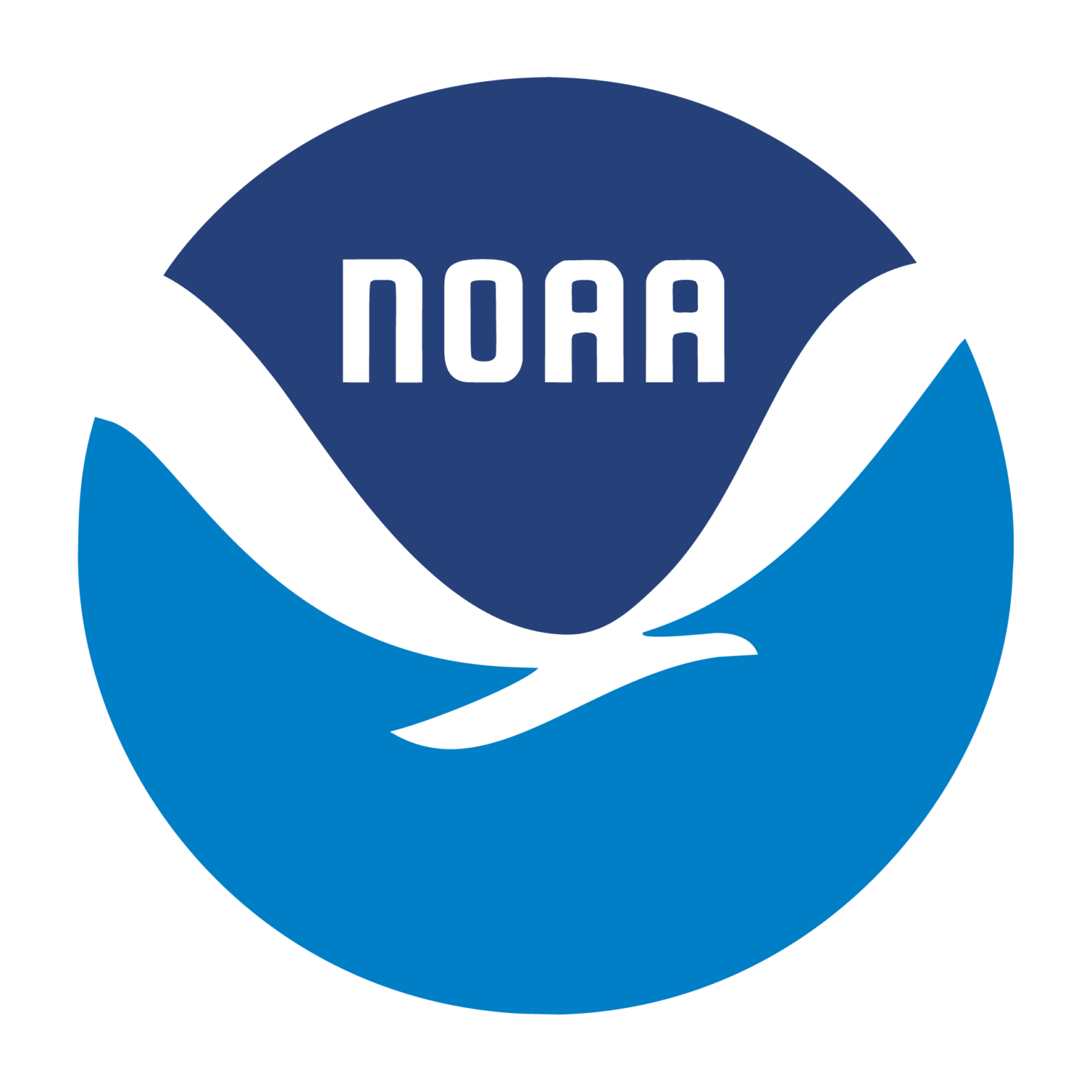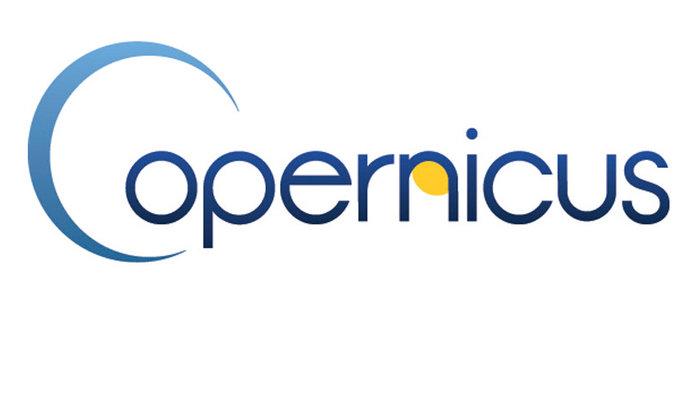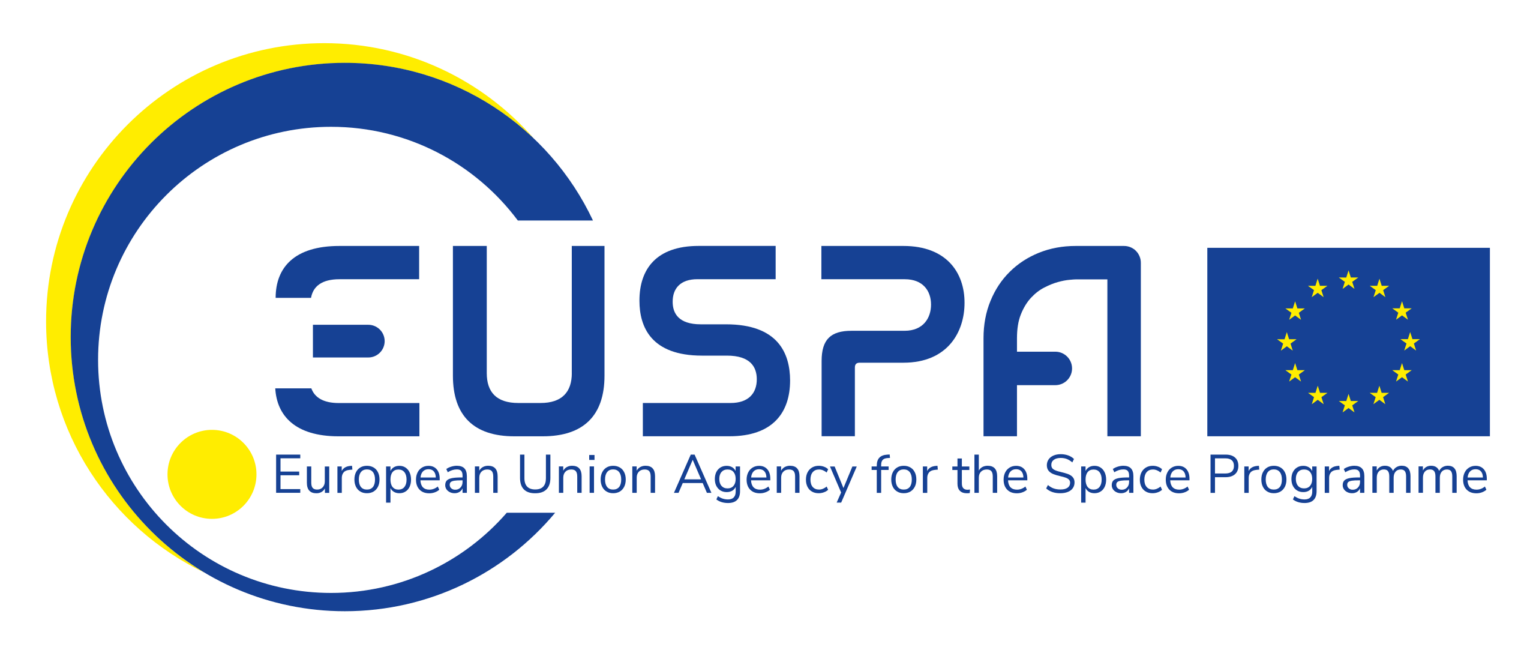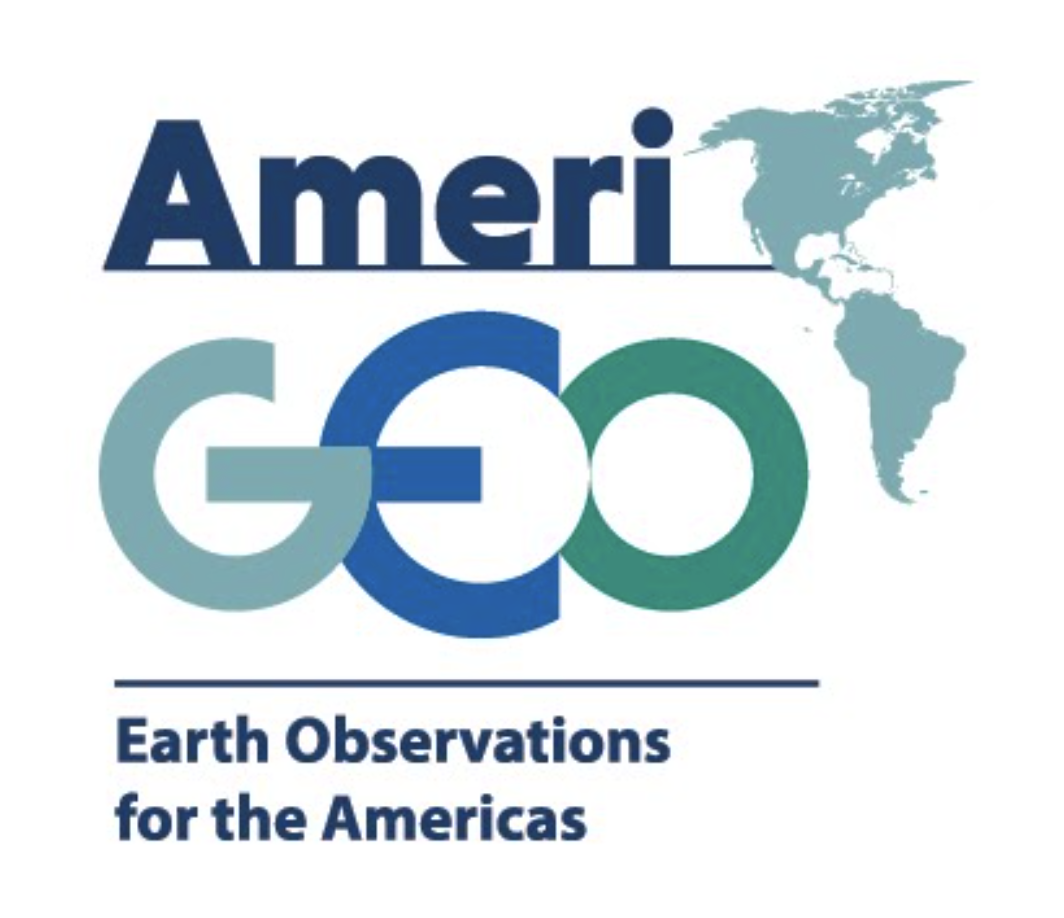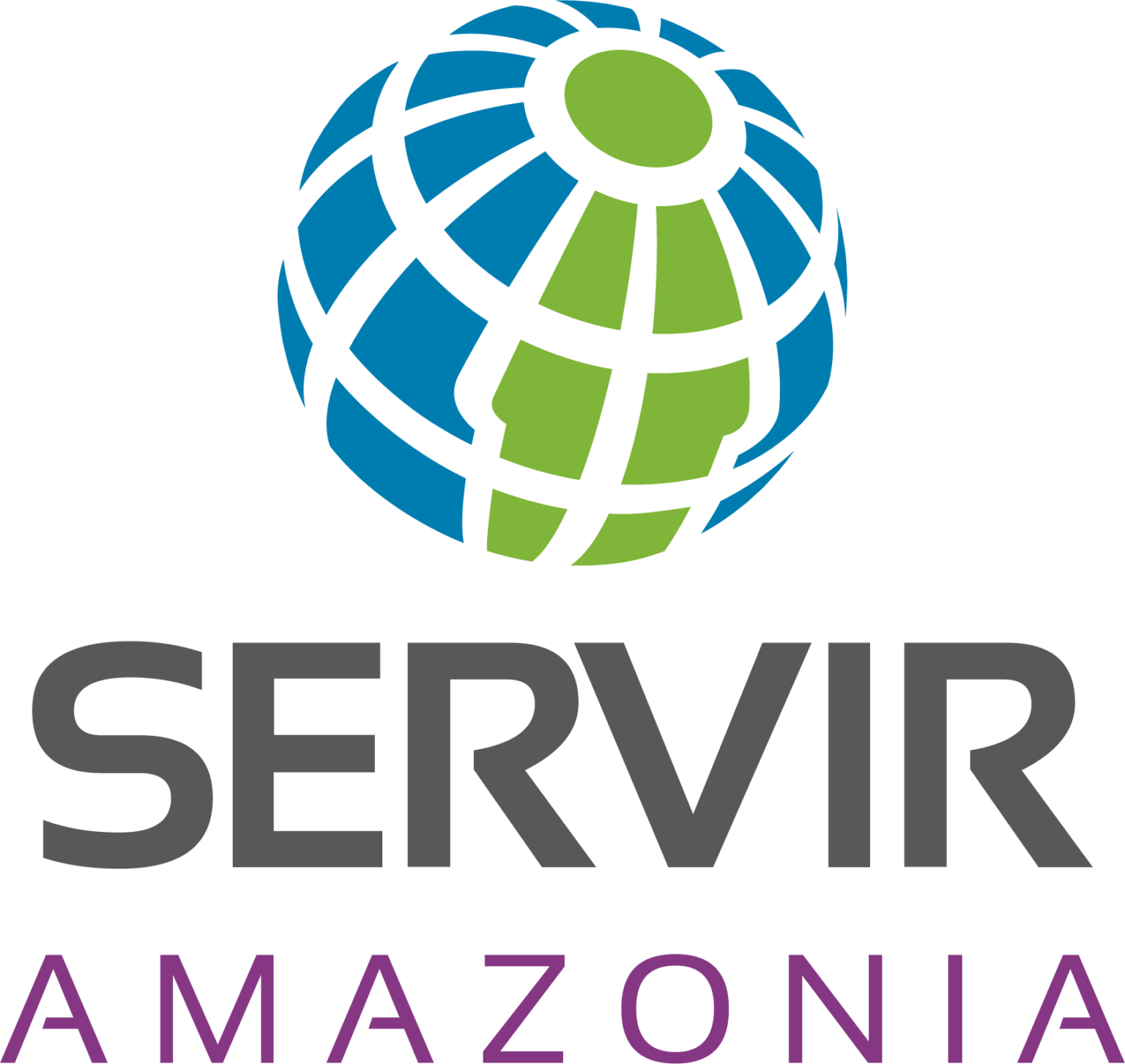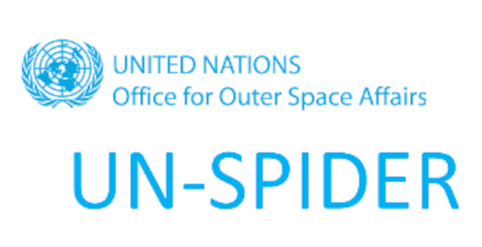Search this page to find examples of EO assessments from around the world, many of them specific to EO capacity building.
Examples of EO Assessments
Get
Started
Explore Ways to Collect Information
Browse Assessment Examples
Discover Assessment Tools
Learn
Tips
Examples of EO Assessments
Togo Capacity Diagnosis Report 2020
Le rapport évalue les capacités et les lacunes du Togo en matière de réduction des risques de catastrophe et d’adaptation au changement climatique, en mettant l’accent sur l’agriculture, la santé, l’aménagement du territoire et les infrastructures. Il vise à renforcer les capacités nationales et locales, tout en améliorant la coordination entre le gouvernement, l’ONU et les acteurs.
- French
The 2023 Earth Observation Assessment evaluated the U.S. EO portfolio to support federal coordination and planning, linking key inputs to societal benefit areas, products, and national goals.
- English
The TNA helps developing countries identify and prioritize climate technologies for mitigation and adaptation. The project uses a participatory approach to assess technology needs, implementation barriers, and develop action plans for adoption.
- English
This report outlines progress on integrating statistical and geospatial information in Central America. It highlights key challenges such as the need for better analysis tools, standardized base maps, improved data sharing, and training.
- English
NOAA’s Coastal Needs Assessment Reports evaluate the state of coastal resources, identify key threats like climate change and pollution, and recommend strategies for improved management and conservation.
- English
This study surveyed American Planning Association members to assess their needs for coastal planning data and tools. The findings offered key insights for developing online resources to support sustainable coastal community planning.
- English
This study investigated how lawn care practices, especially fertilization, contribute to nutrient pollution in New England’s watersheds. Using in-depth interviews and a regional survey, the research identified behavior patterns and informed outreach strategies to encourage environmentally responsible lawn care.
- English
This study assessed the training and technical assistance needs of local officials on land use planning and its impact on Lake Erie’s water quality. Through a mixed-methods survey, findings guided the Coastal Training Program’s 2009–2012 strategic plan and helped prioritize efforts to improve water quality in the region.
- English
This report assesses Mongolia’s disaster preparedness and risk reduction capacities, identifying strengths in legal frameworks and and challenges in agency responsibilities, early warning systems, and climate risk integration, with key recommendations to improve coordination and local preparedness.
- English
Copernicus, the EU’s Earth Observation programme, provides data and services for environmental, emergency, and security needs. This document synthesizes user needs gathered through ongoing consultations to inform policy and support the programme’s continued development.
- English
The EUSPA User Consultation Platform gathers input on user needs from different market sectors, helping the European Union better understand how space technologies are currently used and how they can be improved.
- English
EO4GEO Report: Demand for space/geospatial education and training and priority occupational profiles (2019)
This report analyzes the demand for skills and knowledge in the space and geospatial sector through studies, surveys, and interviews with industry stakeholders.
- English
El presente reporte identifica las estrategias para avanzar en el fortalecimiento del subsistema de Recuperación del Sistema Nacional de Gestión del Riesgo de Desastres (SNGR). Asimismo, ofrece una radiografía de las herramientas y capacidades con las que cuenta el país.
- Spanish
En 2019, el gobierno de Bolivia realizó un análisis multisectorial de las capacidades del sistema de Gestión del Riesgo de Desastres (GRD) a nivel nacional y local. Este informe actualiza los hallazgos previos e incorpora insumos clave para fortalecer los instrumentos de GRD en cada uno de los sectores económicos estratégicos.
- Spanish
This resource compares the AmeriGEO Week 2023 survey results with the 2020 Regional Needs assessment to better understand regional priorities for using EO. The findings support AmeriGEO leadership in identifying relevant training opportunities to enhance informed decision-making.
- English
Em 2019, 71 participantes de mais de 36 organizações participaram de workshops e consultas para avaliar os principais desafios e ameaças dentro das 4 áreas temáticas do SERVIR-Amazônia. Graças a essas atividades, 5 necessidades foram identificadas.
- Portuguese
El informe resume las amenazas clave en la Amazonía —como sequías, incendios, problemas en los recursos hídricos, el clima y los ecosistemas—y las necesidades de información geoespacial por parte de las instituciones para la toma de decisiones en Perú, insumos que guiaron el co-diseño del programa SERVIR-Amazonía (NASA/USAID).
- Spanish
El informe resume las amenazas clave en la Amazonía —como sequías, incendios, problemas en los recursos hídricos, el clima y los ecosistemas—y las necesidades de información geoespacial por parte de las instituciones para la toma de decisiones en Ecuador, insumos que guiaron el co-diseño del programa SERVIR-Amazonía (NASA/USAID).
- Spanish
El informe resume las amenazas clave en la Amazonía —como sequías, incendios, problemas en los recursos hídricos, el clima y los ecosistemas—y las necesidades de información geoespacial por parte de las instituciones para la toma de decisiones en Colombia, insumos que guiaron el co-diseño del programa SERVIR-Amazonía (NASA/USAID).
- Spanish
This analysis of the demand and supply of EO and geospatial information skills in Europe assessed workforce needs by sector. The Supply Study mapped over 1,000 education and training resources, identifying essential programming, development-related skills and critical priorities.
- English
Since 2008, UN-SPIDER has conducted TAMs in nearly 40 countries to evaluate capacity to utilize space-based information. Each mission produced recommendations to improve the use of EO information for disaster management. Findings are available on UN-SPIDER’s TAM webpage.
This report analyzes a 2018 survey of 35 member states in the Americas on Geospatial Information Management in Disaster Risk Management. Results were categorized into 4 sub-regions—North America, Central America, the Caribbean, and South America.
- English
Do you have an assessment example, tool or other resource to add to this guidance?
Contact us and share it at: secretariat@eotecdev.net
